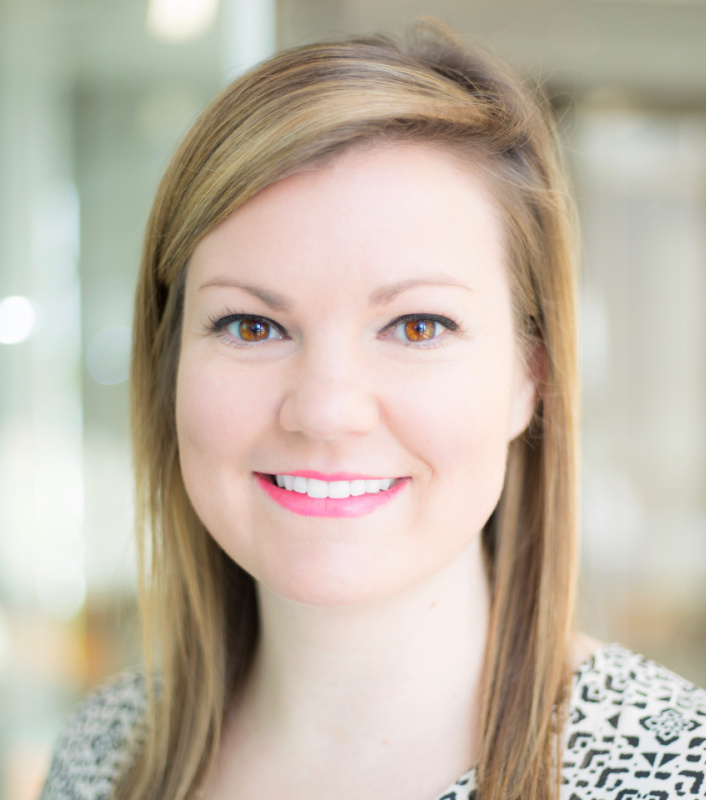Presented by:

This article appears in the E&P newsletter. Subscribe to the E&P newsletter here.
Efficiency gains remain a priority in the oil patch. Fortunately, there are more ways than ever to accomplish this goal and ultimately improve profits. These advances not only enhance performance but also enable oil and gas service companies to be more competitive.
These new frac technologies can be leveraged in every basin, and many of them can be combined to create great synergies.
Simul-Frac Operations
As companies continue to push their equipment harder and pump longer hours, nonproductive time (NPT) threatens profitability. This contributes to interest in the simul-frac completion technique.
Simul-frac operations are attractive as they enable operators to complete more stages in less time. Rather than pumping one well at a time, the simul-frac completion technique allows companies to pump two horizontal wells at the same time with a single fleet—immediately doubling pumping time. This enables companies to minimize NPT and maximize lateral footage gains and savings to realize efficiencies improvements by as much as 60% compared to the zipper frac technique.
E-Frac
As pumping hours have increased to be nearly continuous—regularly clocking in at 18 to 22 hours per day—the need to increase performance while reducing NPT is evident. From an efficiency perspective, e-frac pumps offer a distinct advantage with maximum horsepower and minimal pumps. With high-horsepower capacity in a single unit, such as the 5,000-hp continuous-duty SPM™ QEM 5000 E-Frac Pump, pressure pumping companies can experience the same level of uptime as with conventional spreads—and with far fewer pumps. This high-horsepower density, running at 100% of road load 24 hours a day, means eight 5,000-hp pumps can match the output of 20 conventional pumps.
High-efficiency (HE) frac technologies can be leveraged in simul-frac settings to realize even greater efficiencies and cost savings.
Minimal Maintenance
Near continuous-duty operations don’t allow much margin for NPT of any kind—including maintenance. This has given rise to pressure pumping equipment like the QEM Series. This new equipment is especially robust and specifically engineered to operate longer cycles with fewer maintenance intervals, while also withstanding irregular maintenance practices due to field teams maintaining a complex variety of equipment. Improvements in pump frames and wear components help reduce frame cracking and bearing stripping for longer life, helping operators stay out of the red zone and reducing unplanned maintenance issues.
Working with experienced and technically skilled service providers can help pressure pumpers identify the sweet spot between inadequate maintenance and excessive spending, which can cause a decrease in valuable uptime. Partnering with SPM™ Edge Services, for example, provides engineering-driven expertise that guides field crews to gain the full benefit of longer cycle equipment so they can push harder and make bigger gains.
Longer-lasting Consumables
Reduced maintenance not only lowers NPT, but it also lowers costs. As consumables represent one of the largest maintenance expenses on a frac site and their replacement impacts pumping hours, identifying ways to minimize fluid end maintenance can help oil and gas companies achieve greater efficiencies. Employing new seat technology like the SPM™ EdgeX™ Carbide Seat, which is field proven to increase seat life an average of six times compared to conventional seats, can substantially reduce the downtime caused by field changeouts as well as expenses. In addition to its enhanced longevity, the EdgeX’s carbide-reinforced seats protect high-wear areas while fitting standard taper fluid ends.
Maintenance and unexpected NPT are known to negatively affect pumping hours and profits. Significant technological advances and novel approaches to pad design can be leveraged—and combined—to significantly increase efficiency gains in the field. The performance improvements operators can realize by employing one or all of these technological advancements can make a difference that’s reflected in companies’ bottom lines.

Caroline Linder is the product manager for the pressure pumping pump product line, including all current and future product offerings, and is also the company’s global marketing and brand representative. She is based in the Fort Worth, Texas, office and has worked at SPM Oil & Gas since 2012.
Linder started as a graduate engineer in the Fort Worth office then moved to Shanghai to build the country’s first SPM Oil & Gas service center in Chengdu. Following the China project, she returned to the U.S. to work in service center operations, service and pump product management.
Recommended Reading
Woodside’s Scarborough LNG Receives $1B Loan from Japanese Bank
2024-06-02 - Woodside Energy’s Scarborough LNG project, located off Australia’s coast, is scheduled to start shipping cargo in 2026.
Woodside to Emerge as Global LNG Powerhouse After Tellurian Deal
2024-07-24 - Woodside Energy's acquisition of Tellurian Inc., which struggled to push forward Driftwood LNG, could propel the company into a global liquefaction powerhouse and the sixth biggest public player in the world.
Woodside Energy to Buy LNG Developer Tellurian for $900 Million
2024-07-21 - Australia's Woodside Energy will pay $1 per share for Tellurian, which earlier this year sold its upstream Haynesville Shale assets to convert into a pure play LNG company, in a deal with an estimated enterprise value of $1.2 billion, including debt.
Freeport LNG’s Slow Restart Stokes Concern Over Supply Risk
2024-07-23 - The 15-mtpa Freeport LNG facility remains under the spotlight of the global market as it slowly resumes operations after pausing ahead of Hurricane Beryl’s arrival along the U.S. Gulf Coast.
NatGas Purgatory: US Gas Spot Prices Hit Record Lows in 1H24—EIA
2024-07-22 - Facing record-low commodity prices, U.S. dry gas producers have curtailed production and deferred new completions in the first half of 2024.





